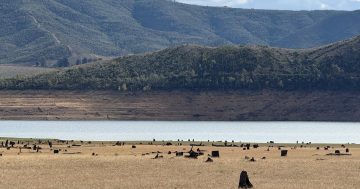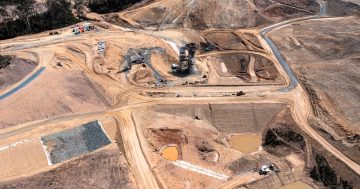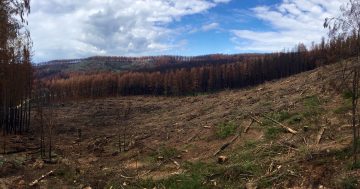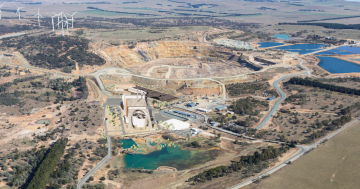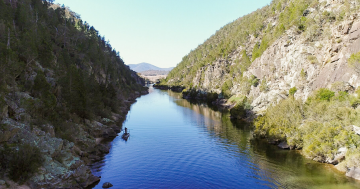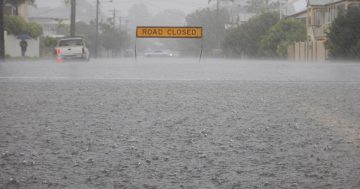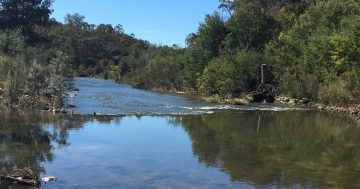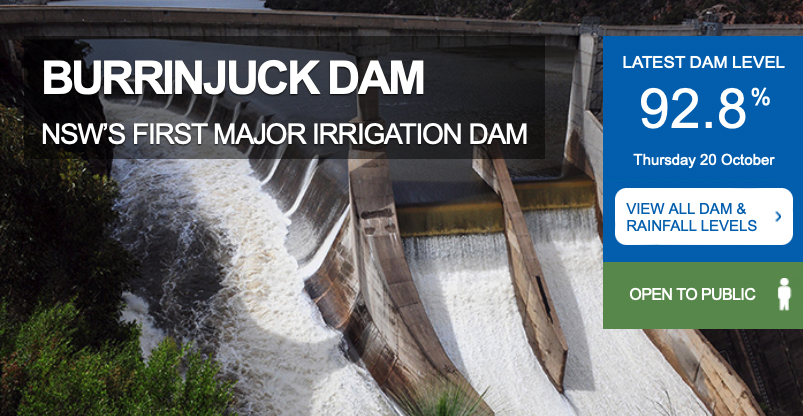
Burrinjuck Dam maintains a balance between ensuring water supply and making room for incoming water. Photo: WaterNSW.
Do we have a dam problem in NSW?
Wagga Wagga’s independent MP Dr Joe McGirr is not alone in suggesting that we do, and is calling for an agency to be established for flood prevention.
“Flood events impact landowners, whose properties front the Murrumbidgee and are impacted by heightened river levels, and threaten small communities and villages, the largest of which is North Wagga,” he said in parliament this week as he raised concerns about the impacts of the constant rain and storage management.
The Riverina has weathered two big rivers already this year and is bracing for more wet weather in the months ahead.
Dr McGirr has repeatedly questioned why current guidelines saw NSW Water maintain high water levels in the lead-up to recent weather events.
“The priority is to have the dams full for the next drought,” he said.
“That doesn’t take into account the fact that you’re putting a priority on that water supply and letting the people who suffer from floods be collateral damage.
“The question I’ve got is, did we really need to get the dam back up to full levels by the end of October, given that all the forecasts are showing ongoing rain?”
WaterNSW spokesperson Tony Webber said that despite ongoing releases, dams could not intentionally be kept at low levels as the priority remained on future water security.
“We are operating within a set of rules and look ahead the next week, but we are also looking ahead two or three years,” he said, explaining that operators had taken steps to mitigate flooding.
“Burrinjuck and Blowering dams have made numerous large-scale releases between rain events over many months, to manage the storage level in readiness for non-stop inflows resulting from exceptional La Nina wet conditions over saturated catchments.”
But he explained that it was a balancing act between reducing storages while they are continually receiving large inflows, and the need to limit the impact of releases on downstream river heights and affected communities during ongoing rain.
He said dams would have had to be reduced to a level of 60 per cent ahead of the last weather event to contain the inflows.
“On 5 October Burrinjuck Dam storage was again reduced to 91.8 per cent as a result of releases made to create storage space, before consecutive weekend inflow peaks totalling 400 GL that were the equivalent of approximately 40 per cent of the dam’s storage capacity.”

The steep declines in the red line on the graph represent major storage reductions at Burrinjuck Dam in the past 12 months. Photo: NSW Water.
In parliament, Dr McGirr acknowledged the diligence of dam operators in trying to manage a difficult and unpredictable situation, but he said current legislation needed to be reexamined to consider the balance between extreme weather at each end of the spectrum.
“Drought is a disaster with damaging long-term effects, yet flooding is also a problem and we can clearly see that right across New South Wales now,” he said before proposing the creation of a single point of accountability for flood mitigation.
“It appears that the responsibility when it comes to flood control and prevention is primarily spread across three agencies – Water NSW, the SES and the Bureau of Meteorology.
“There is no single point of accountability for flood protection.”
The current Water Sharing Plan for the Murrumbidgee remains focussed on ensuring dams are at capacity at the conclusion of flooding, and Dr McGirr has suggested this be reconsidered.
“These directions do not appear to give Water NSW the flexibility or agility it needs to best manage, especially when we are in the midst of a period of acknowledged high rainfall,” he said.
Dr McGirr concluded by supporting calls for the raising of the wall of Burrinjuck Dam, providing there were strict guidelines about the use of the additional space, with flood prevention in mind.
Original Article published by Chris Roe on Region Riverina.






